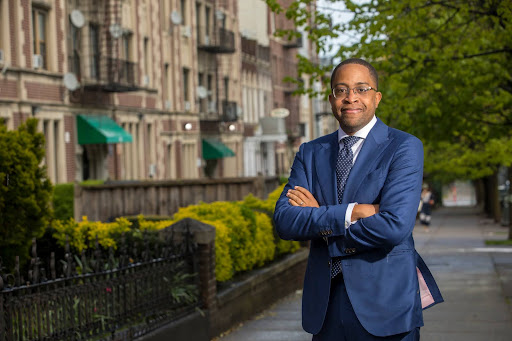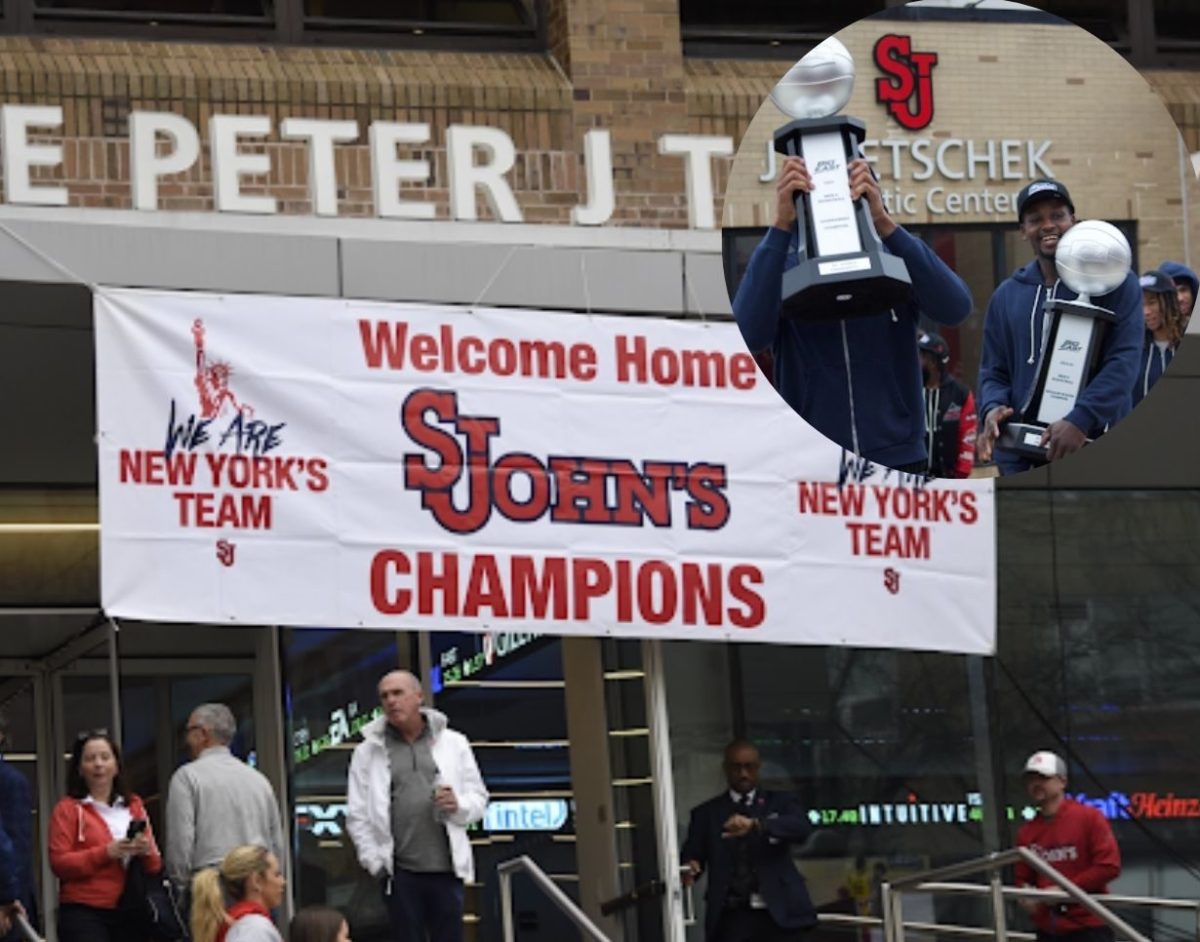The University hosted a panel discussion with Homeland Security and intelligence experts regarding post-September 11 counterterrorism practices at the D’Angelo Center on Sept. 13.
“We don’t live in the white zone, we live in the yellow,” said Maryann Goldman, a special agent with the FBI. “And when we have to, we’ll live in the orange and the red.”
Since September 11, the main focus has been on protecting what the panelists called the “critical national infrastructure,” which includes the facilities responsible for providing the nation’s well-being, things like electricity and water. The panelists said information is their key tool. Law enforcement agencies achieve this by maintaining relationships with other like-minded agencies and businesses that manage facilities, as well as encouraging citizens to
remain vigilant.
Brendan Healey hosted the panel. Healy is the president and executive director of Long Island InfraGard, an inter-agency network dedicated to sharing information regarding possible national security threats.
“No matter where you are, you should have a heightened sense of awareness,” he said.
Kevin Peterson, a protective security advisor with Homeland Security, said everything and anything has to be looked into.
This information sharing approach is has changed over the years. Before September 11, the FBI and the CIA were prohibited from communicating with one another. Today, their interaction is not only permitted, but encouraged.
Goldman illustrated this emphasis on intelligence. “There’s a lot more to soliciting information than slapping cuffs and a 25 year sentence on a guy and saying, ‘tell me what you know.”
“We take a much more proactive approach these days,” she continued. “We analyze data to get in front of the crime curve before they
become vulnerabilities.”
Goldman also spoke of the importance of combating terrorism at the local level. “I believe national security starts in the communities,” she said. “Terrorists are recruiting gang members and inmates.”
Thomas Lawrence, vice president of Public Safety, said he is happy with the current response level at the University. “We’re always learning,” Lawrence said. “Every emergency, we learn a little more and implement new ideas and new ways of responding.”
In a worst case scenario, an operations team consisting of members from every department meet to discuss the affects of an emergency. This team meets at regular intervals throughout the course of an incident in order to update each other with changes as they occur, Lawrence explained.
Public Safety also stores an abundance of equipment, including hard-line and satellite phones, should an emergency make normal communication impossible.
Paul Mezzcappa, a junior studying homeland and corporate security said, “Public Safety is like St. John’s own police force.”
Security Experts Talk Safety and Intelligence
Donate to The Torch
$235
$500
Contributed
Our Goal
Your donation will support the student journalists of St. John's University. Your contribution will allow us to purchase equipment and cover our annual website hosting costs.
More to Discover








armorbear2 • Sep 16, 2011 at 6:52 pm
Mitchell Kirk
I was searching for this article it has given me some important tips about safely and security